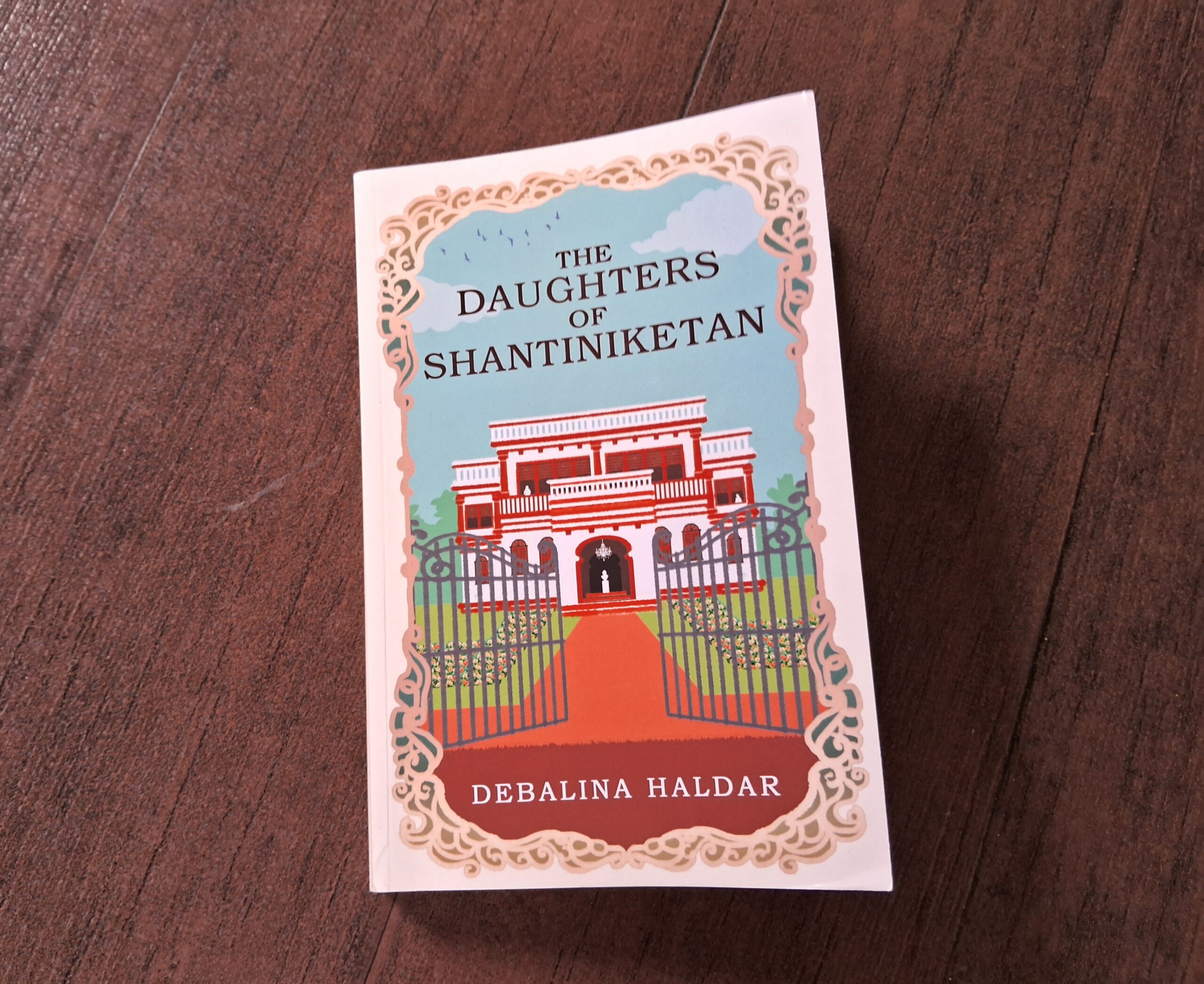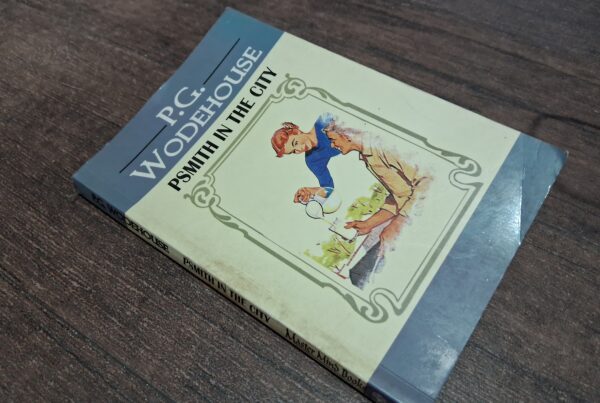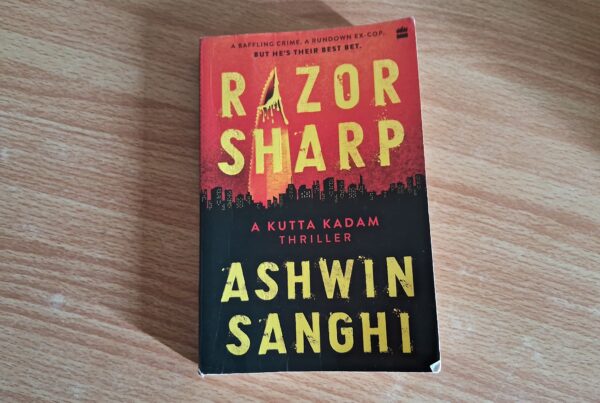Book: The Daughters of Shantiniketan
Author: Debalina Haldar
Pages: 245
Publication: Readomania
Genre: Literary Fiction
I received this book from the publishing house in exchange for an honest review. The interesting premise lured me, and I agreed to read it. Here is my unbiased opinion of Debalina Haldar’s second novel.
Plot
Charulata, a talented exponent of Rabindrasangeet, falls for the bohemian Bolai. The former reveres the bard like a sacred deity. However, the latter believes that the polymath belongs to everyone. The modern beliefs of the youngsters raise a storm in Charu’s household, revealing dark secrets under the veneer of orthodoxy.
Review
The author uses Tagore as a fulcrum to weave a tale of patriarchy, forbidden love, generational struggles, and acts of defiance. The protagonist is a namesake of another Tagore heroine from Nashtanir, immortalised by Madhabi Mukherjee in Satyajit Ray’s Charulata. Likewise, characters like Nikhilesh (Ghare Baire), Nondini (Raktakarabi) and Gora pay tributes to their eponyms in their own unique ways.
The novel is peppered with poems and songs galore. To readers unfamiliar with Bengali, the English translation that follows the verses offers the much-needed clarity. The poetry acts not only as a tribute to Tagore but also carries forward the swirling emotions in the minds of its culturally inclined characters.
Midway through the book, I wondered if I was reading Charu’s story or a heartfelt ode to Tagore. Discussions, be they trivial or serious, often revolve around the bard and his timeless appeal. He may not be a character, but his presence hovers over every person – in their names, dialogues, and deeds. A few may find this overbearing, but in my opinion, it drives the message home. No Tagore, no The Daughters of Shantiniketan. Period!
Charu is a well-etched character. From an obedient granddaughter who bears the load of her family’s illustrious legacy, her transformation to a silent rebel is gradual. Bolai is charming; however, his arc could have been elaborated further. Gora is likeable. Giribala, as his fiery yet vulnerable mother, has a small role, but she steals the show with her tragic backstory, bringing to light the dark side of the Roys. Their house, aptly named Shantiniketan, adds another dimension to the stifled atmosphere. The bricks and the walls trail Charu like a spectre, forcing her to break free from the ancient shackles.
I found the end highly disappointing. For a story so rich in references to Tagore, the climax looked more like a commercial potboiler that relies on swashbuckling stars rather than method actors. To me, it was a great disservice to the sanctity of the polymath. Too many ellipses also marred the reading experience. I admit that they reflected the inner turmoil of the characters. But they could have been curtailed. This is my viewpoint, and others may disagree with it.
Overall, The Daughters of Shantiniketan is a decent read. It may resonate more with Bengalis because they may grasp the verses better than the rest and associate the lines with the situation. Having said that, the underlying themes of patriarchy and rebellion will strike a chord with everyone. If only the end had stayed true to the essence of Tagore. Also, while I respect the author’s style of writing, I wish her reverence had given way to the plot to strengthen it. But as the title suggests, it was intentional on her part. As someone familiar with the bard’s works and who grew up in the Calcutta of the 80s, it made for a nostalgic read. It was not one of the best books in my list. Nevertheless, I laud Debalina Haldar for penning this as a tribute to Tagore.




